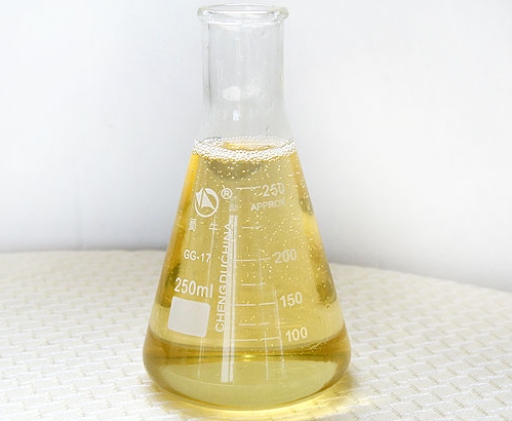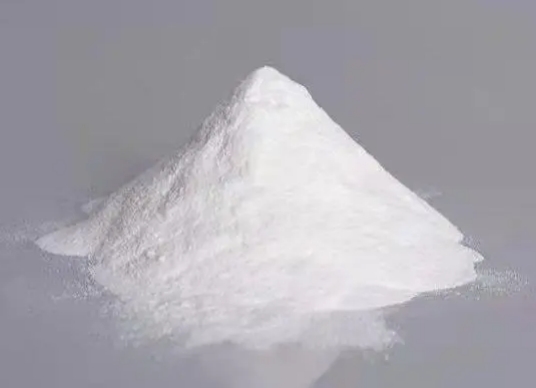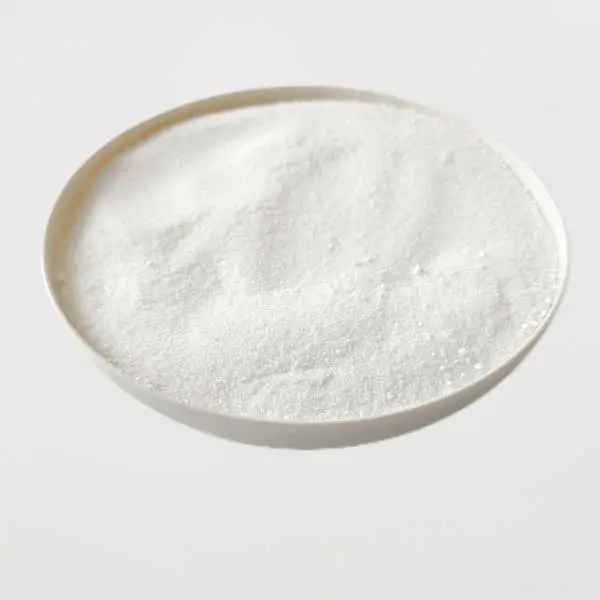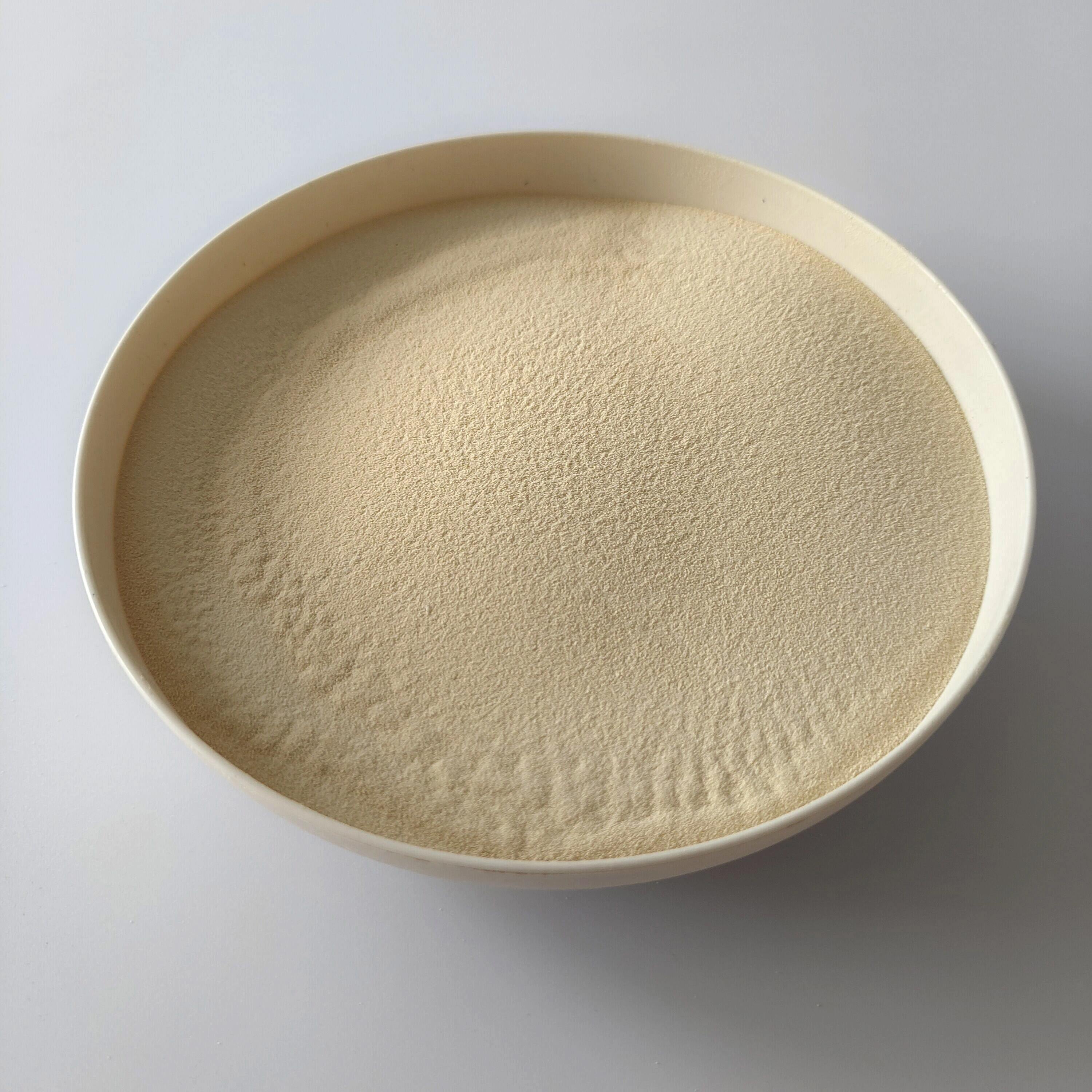The following outlines common problems and solutions associated with water-reducing agent in concrete.
Settlement Joints
Phenomenon: Concrete poured before and after the initial setting will appear several short, straight, wide and shallow cracks.
Reason: After adding water-reducing agent, concrete is more viscous, non-bleeding, not easy to sink, and more appears above the steel bar.
Treatment method: Apply pressure to the cracks before and after the initial setting of concrete until the cracks disappear.

Sticky Cans
Phenomenon: Some cement mortar sticks to the wall of the mixer drum, resulting in uneven concrete and less ash.
The reason: the concrete is thick, which mostly occurs after the addition of retarding water reducer, or in the drum mixer with similar axial diameter ratio.
Solution :1. Pay attention to remove residual concrete in time. 2. Add aggregate and part of water to mix, then add cement, residual water and water reducer to mix. 3. Use a mixer or force mixer with a large axle diameter ratio.
False Coagulation
Phenomenon: The concrete quickly loses fluidity after leaving the machine, and can not even be poured.
Cause :1. Insufficient content of calcium sulfate and gypsum in cement leads to excessive hydration of calcium aluminate. 2. The adaptability of water-reducing agent to such cement is poor; 3. When the content of triethanolamine exceeds 0.05-0.1%, the initial coagulation is rapid. But that's not the end result.
Solution :1. Change the cement type or batch number. 2. If necessary, change the type of water reducer, but generally do not need. 3. Reduce the water reduction rate by half. 4. Reduce the mixing temperature. 5. Use Na2SO4 to delay the amount of condensation to 0.5-2%.

No Coagulation
Symptom :1. After adding water-reducing agent, the concrete does not cure for a long time, even day and night; 2. The surface oozes slurry and turns yellowish brown.
Cause :1. The amount of water reducer is too large, which may exceed the recommended amount 3-4 times; 2. Excessive use of moderator.
Solution :1. Do not exceed the recommended dose 2-3 times. Although the strength was slightly reduced, the reduction of 28d strength was small, and the reduction of long-term strength was even smaller. 2. After the final setting, appropriately increase the curing temperature and strengthen watering maintenance. 3. Remove the molded part and pour again.
Low Intensity
Symptom :1. The strength is much lower than the experimental results. 2. Although the concrete has been cured, the strength is very low.
Cause :1. The amount of entraining air and water reducing agent is too large, resulting in excessive gas content in concrete. 2. Insufficient vibration after adding air and water reducer. 3. Water does not decrease, but increases the water-cement ratio. 4. The amount of triethanolamine is too large. 5. The quality of water reducer does not meet the requirements, such as the content of active ingredients is too low.
Solution :1. Use other reinforcement measures or re-pour. 2. Strengthen vibration after pouring. 3. Take action on the reasons listed above. 4. Identify this batch of water reducer.
Slump Loss Is Too Fast
Phenomenon: Concrete quickly loses workability. After leaving the tank every 2-3 minutes, the slump decreased by 1-2cm, and there was an obvious bottoming phenomenon. This phenomenon is more likely to occur in concrete with large slump.
Cause :1. The water-reducing agent has poor adaptability to the cement used. 2. The bubbles introduced into the concrete continue to overflow, and the water evaporates, especially when the air-induced water reducer is used. 3. The concrete mixing temperature or ambient temperature is too high; 4. Large slump of concrete.
Solution :1. Take action on the cause. 2. After mixing method. The water reducer should be added 1-3 minutes after the concrete is mixed, or even before pouring, and mixed again. 3. Be careful not to add water.

 English
English 




